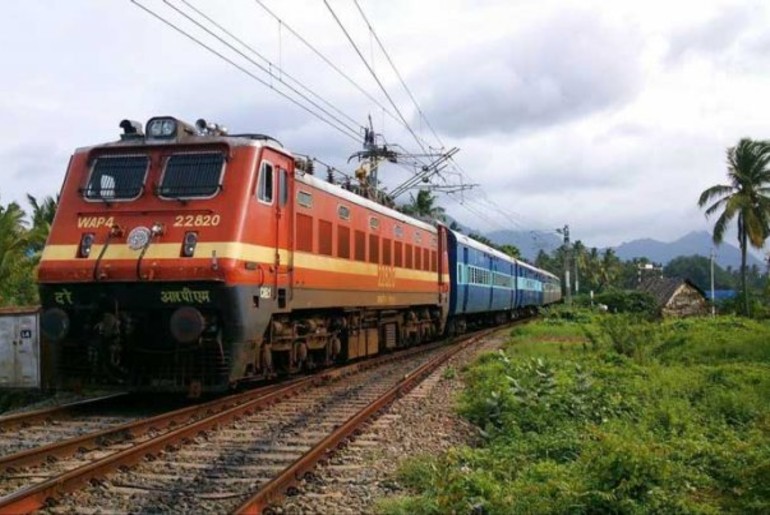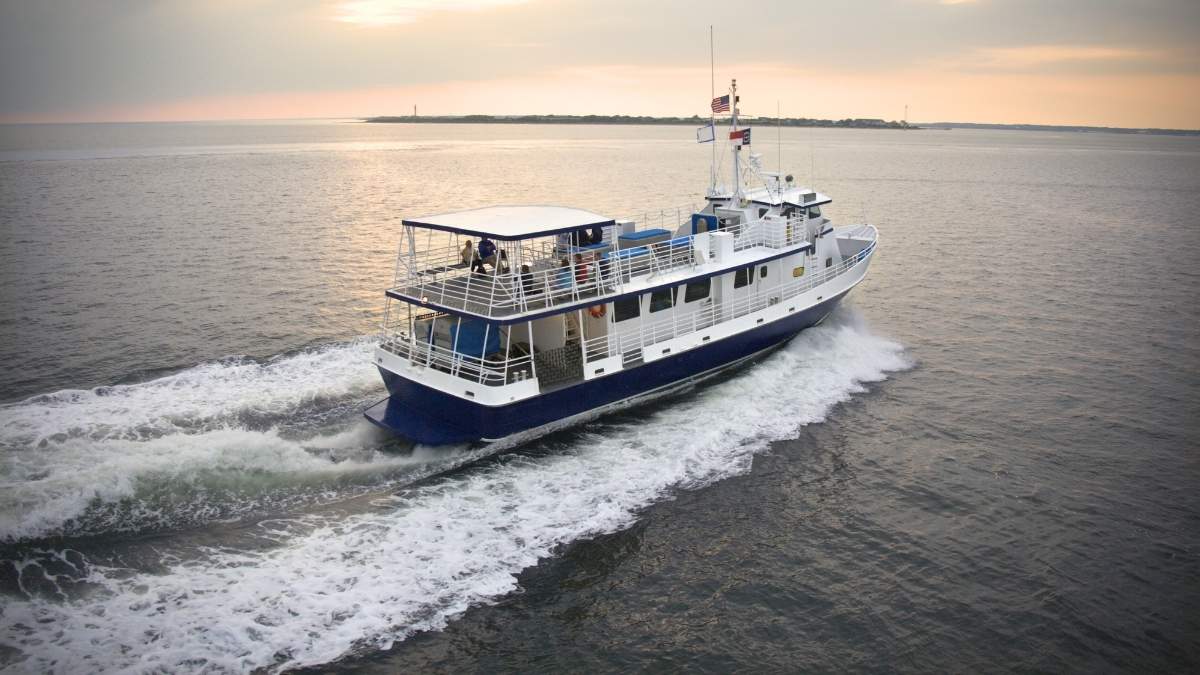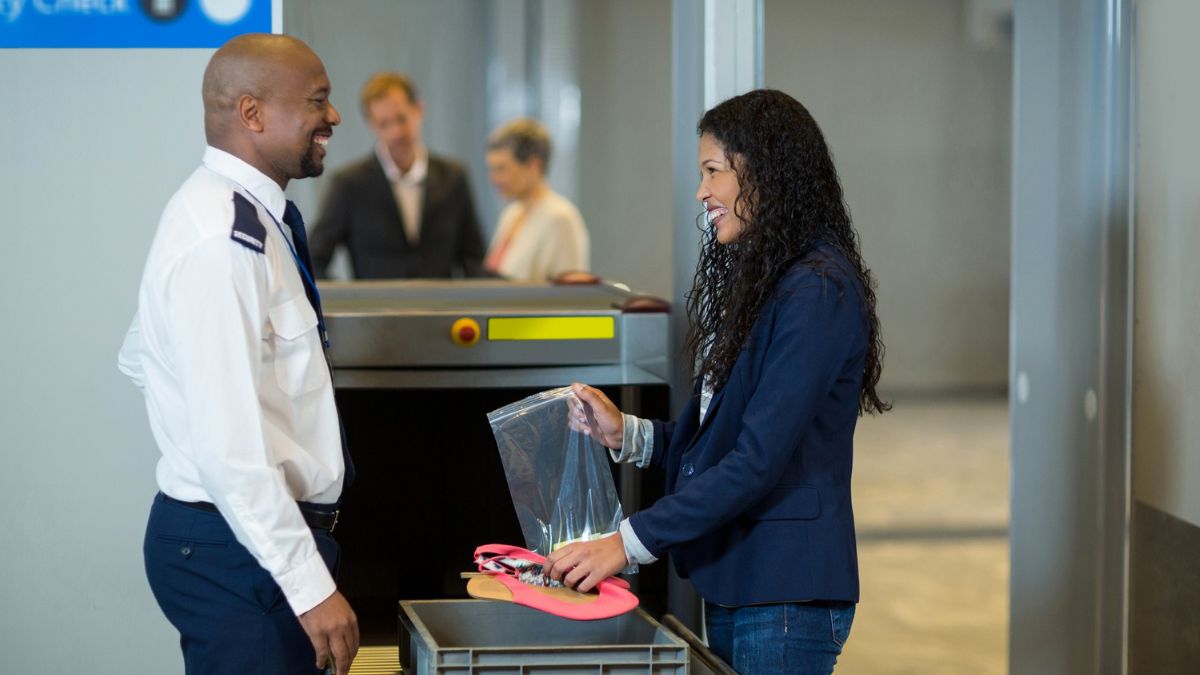So, far India was connected with Bangladesh and Nepal by road and air. But very soon, commuters will be able to travel to these countries by rail. Yes, the upcoming rail project by The Northeast Frontier Railways (NFR), which operates trains and executes projects in the North Eastern States, will link India with Nepal and Bangladesh. The operations are expected to begin in the next nine months.
Also read: Indian Railways Gets New Glass-Domed Coaches With Rotatable Seats For Nature-Loving Travellers

₹967.5 Crores To Be Invested In The Project
Currently, the NFR is executing two international railway projects, including the 12.03km long new railway line from Agartala to Akhaura in Bangladesh and the 18.6km long railway line from Jogbani (Bihar) to Biratnagar in Nepal. The estimated cost of the project is ₹967.5 crores. The construction of the Jogbani-Nepal project is estimated to be completed by September next year. The Agartala-Akhura project is already nearing completion. West Bengal-Bangladesh Rail Link Resumes After 55 Years

The Railway Project Will Cut Down The Travel Time
Work on the railway projects is on full swing. With the railway projects, the landlocked northeastern states will have better connectivity with its neighbours. The Agartala-Akhaura railway line would also facilitate ferrying of goods to and from both the countries. Besides, the travel time from Agartala to Bangladesh would be significantly reduced. India Restarts Commercial Flights To Nepal Under Air Bubble Arrangement.

The NFR has already connected Assam’s, Tripura and Arunachal Pradesh’s capital cities to other North Eastern States cities. The first train in the northeast region was chugged out from Dibrugarh in eastern Assam 138 years ago. We have come a long way since then.
First Published: December 31, 2020 11:18 AM




